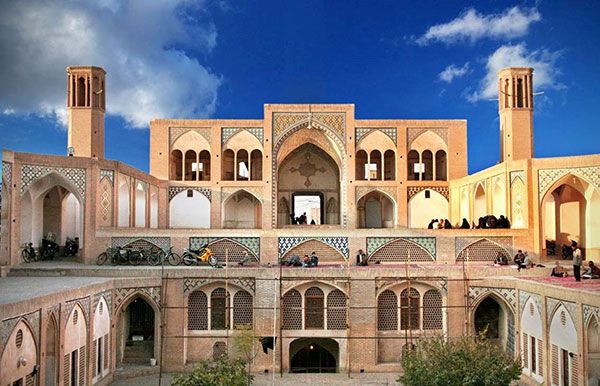
Iran’s economy relies on oil and gas exports and has well developed service, agricultural and industrial sectors. However, the Iranian government indirectly operates large companies, and mostly owns hundreds of state enterprises that operate with the country’s security forces. This has resulted in a limited banking system, inflation and distorted price control among other economical setbacks.
Iran Post Sanction Economy
Since the law had been lifted to ban the nuclear program in the country and unfreeze Iran’s assets, the government had been looking forward to great improvement, opening the country up to international trade and bolstering direct foreign investment to stimulate the economy’s growth.
Global investment into Iran has been steadily increasing since 2013, a year in which the country attracted just three FDI projects. This increased to eight in 2014 and nine in 2015.
Since the sanctions were lifted the leading sector for investment into Iran has been financial services, which has attracted four investments from separate companies with capital expenditure of $60m
The country has also attracted investments from the automotive sector, business services, consumer electronics and textiles, among others, it added.
What are Iran’s Vital Data Points?
Iran’s key business sectors
• Petroleum
• Petrochemicals
• Gas
• Fertilizers
• Caustic soda
• Textiles
• Cement and other construction materials
• Food processing – mainly sugar refining and vegetable oil production
• Ferrous and nonferrous metal fabrication
• Armaments
Steel, weaving, food processing, car, electrical and Electronics Industries are among the key industries in the country. Iran now produces a wide range of manufactured commodities, such as telecommunications equipment, industrial machinery, paper, rubber products, steel, food products, wood and leather products, textiles, and pharmaceuticals. Iran is also known throughout the world for its hand-woven carpets. The traditional craft of making these Persian rugs contributes substantially to rural incomes and is one of Iran’s’ most important export industries
The pharmaceuticals, paper, sugar, packaging, and textile segments have been identified as key growth areas of the industrial sector by the Industrial Development & Renovation Organization of Iran.
Iran’s top export commodities
• Petroleum – 80%
• Chemical and petrochemical products
• Fruits and nuts
• Carpets
• Ore
Iran’s top export partners (percentage of total exports)
• China (29%)
• India (11.9%)
• Turkey (10.4%)
• Japan (6.5%)
• South Korea (4.8%)
What is Iran’s political structure?
Iran is an Islamic republic that follows a Theocratic Republic system. The Supreme Leader of Iran is appointed for life by an Assembly of Experts. The President is elected by absolute majority population for a term of 4 years.
The next elections are scheduled to be held in June 2017.
Conclusion
Iran’s economic activity and government revenues remain dependent on oil revenues, making it a somewhat volatile market. However, the government is implementing a 5 year developmental plan based on a 20 year vision document. This plan is based on 3 main goals – 1) advancement in Science and Technology, 2) cultural aspects and an overall 3) resilient economy.
Iran is therefore, open to international trade and businesses, and has created strategic reforms to boost economic activity.
